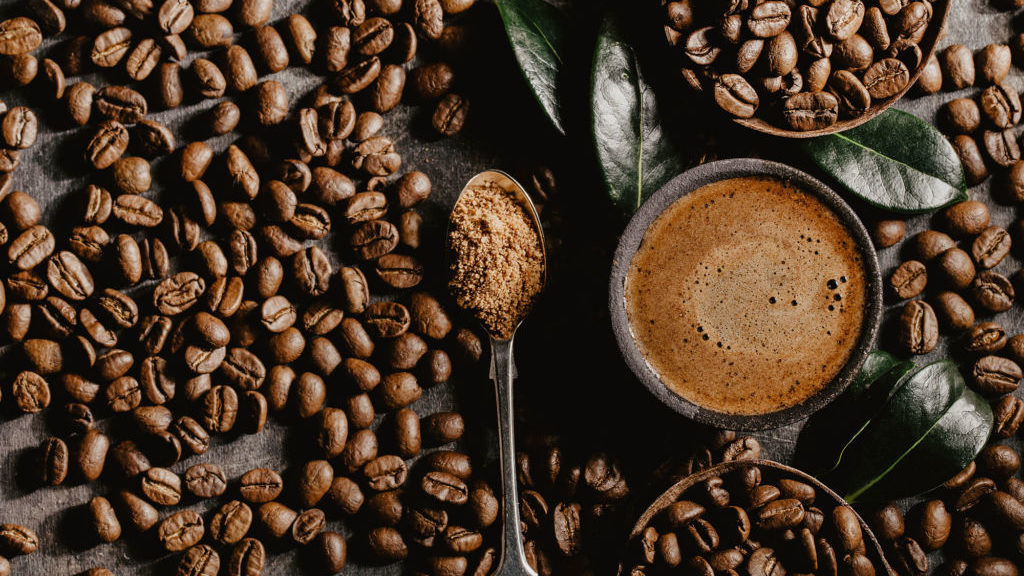With five Infinity Stones, a supervillain like Thanos made half of the universe population disappeared with a snap of his wrinkled fingers. For some two billions coffee drinkers in the world, their only superpower is to make coffee disappear in one sip!
Coffee is one of the largest commodities in the world and the most popular beverage among adults. Coffee transcends beyond the definition of beverage. For over centuries, coffee drinking culture has been associated with a set of traditions and social behaviours that vary among different civilisations in different parts of the world.
It basically describes a social atmosphere that depends heavily on coffee as a social lubricant. Whether drinking your first cup of the day or lingering over a second one to go, be sure to observe September 29 with a cup of coffee with the finest blend that money can buy.
History of Coffee Culture
The origin of coffee dates back to at least the 13th century, in Ethiopia, but it is believed that the earliest concrete evidence of coffee drinking started in the mid-15th century, in the Sufi monasteries of Yemen.
A century later, it had reached the rest of the Middle East and North Africa. In the second half of the century, the very first coffeehouse was opened in Constantinople and became the preferred melting pot for important personages like foreign diplomats, artists, traders and intellectuals. This marked the beginning of coffee culture as we know it today.
The encouraging trade between the European and the Muslim traders brought along a variety of African commodities, including coffee. The Venetians were known to be the first to import the trend of coffeehouses, and within a century later, there were hundreds of them. In fact, the first European coffeehouse was established in 1645 in Venice.
In the beginning of the 18th century across the English Channel, coffeehouses in England started to emerge and became the popular meeting place for aristocrats, artists and intellectuals. Today, coffee houses have become a ‘third place’ for coffee drinkers, a meeting place that is accessible to everyone regardless of status.
Types of Coffee Beans
- Arabica (Coffea Arabica)
Arabica is the most commonly produced coffee bean, accounting for over 60% of the world’s coffee production. High-quality Arabica beans have a bright body and possess a satisfying amount of acidity. They have a multi-layered complexity of flavours and aromas. Arabica coffee beans are best served hot, brewed with the pour-over or drip coffee technique. - Robusta (Coffea caniphora)
Robusta is the world’s second most-produced coffee. The Robusta varietal is extremely robust to a harsh environment and practically immune to the disease. Robusta coffee beans have almost double the amount of caffeine compared to Arabica Beans. High-quality Robusta beans have low acidity, smooth texture and a hint of chocolatey taste. If you love cream and sugar, Robusta is the perfect beans as it will not lose flavour when adding milk or sugar. - Liberica (Coffea liberica)
It is somehow rare to find Liberica beans in the coffee world these days. Liberica beans are larger than the others and often asymmetrical. The beans have a unique aroma of floral and fruity notes and possess a smoky taste. - Excelsa (Coffea excelsa)
Excelsa grows dominantly in Southeast Asia and contributes to 7% of the world’s coffee circulation. Excelsa has a tart and fruity body, reminiscent of a light roast.
Uncle, Kopi O kurang manis satu!
Similar to other coffee culture in other parts of the world, Malaysia has its own blend of beans and version of the story. Kopitiam culture, as we call it, is revered among many Malaysians. For most of the baby boomers, some Gen X and a few Gen Y, sitting on a Kopitiam stool made of teak wood while indulging in a cup of white coffee and roti kahwin, gives off a different vibe that can only be described with the suffix ‘-lah’. The best lah.
While a sip of Starbucks or other fancy hipster coffee reminds you to Instagram it, a sip of old-style, traditional Kopi O reminds you of home. If you are feeling nostalgic and thinking of walking down the memory lane, there are some Kopitiams around Klang Valley that serve the perfect union of local coffee and roti kahwin.
1. Ho Kow Hainanese Kopitiam
Located along Lorong Panggung in KL, Ho Kow has been serving loyal patrons for over 60 years and it is one place that serves one of the best cups of coffee in KL.
2. Thong Kee Café, Sea Park
If you are native to Petaling Jaya, you ought to know Thong Kee Café. Visited by hundreds of customers daily, Thong Kee brews some of the best coffee in the Klang Valley.
3. Ali, Muthu and Ah Hock Kopitiam
Located in Kuala Lumpur, Ali, Muthu and Ah Hock Kopitiam is not a several-decade-old Kopitiam but its shabby-looking walls give off that old Kopitiam Ali, Muthu and Ah Hock’s menu feature traditional Malaysian staple dishes such as the Nasi Lemak, Mee Goreng, Hainanese Chicken Rice and Chee Cheong Fun. Their coffees are also good with rich and aromatic taste.
For more information on local Kopitiam and café, you can always log on to foodpanda and discover the best spot in your vicinity.
